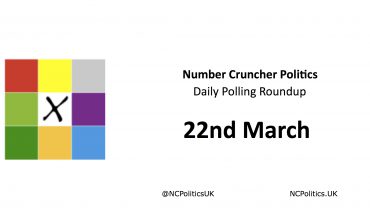There's a lot of nonsense on social media, especially in relation to polls, and even more in relation to the margin of error – some people seem to have made it their method of choice for dismissing inconvenient poll moves. But it does serve a serious purpose – to quantify uncertainty in sample-based estimates due to random statistical variation.
There are, of course, plenty of non-random sources of error in polls, and I've looked at some of them in my margin-of-error explainer for CapX.
Of course, this is a heavily simplified version of reality. I didn’t talk about differences depending on levels of party support, the effects of stratification, weighting, don’t knows, turnout adjustments, correlations in a multi-party system or asymmetric margins of error near the arithmetic bounds, but you get the picture.
Margin of error demystified
|
1st June 2018 |

Get it before it’s on the website – sign up for this briefing: <style type="text/css"
Please send me (select as required):
Email Format


